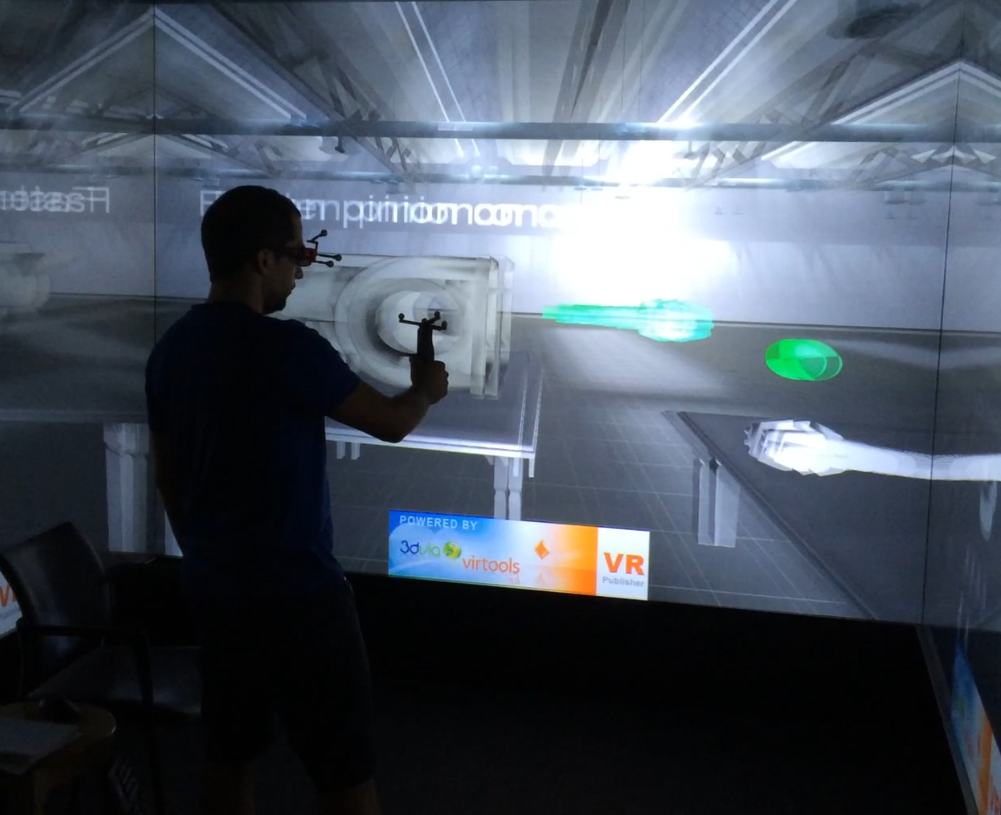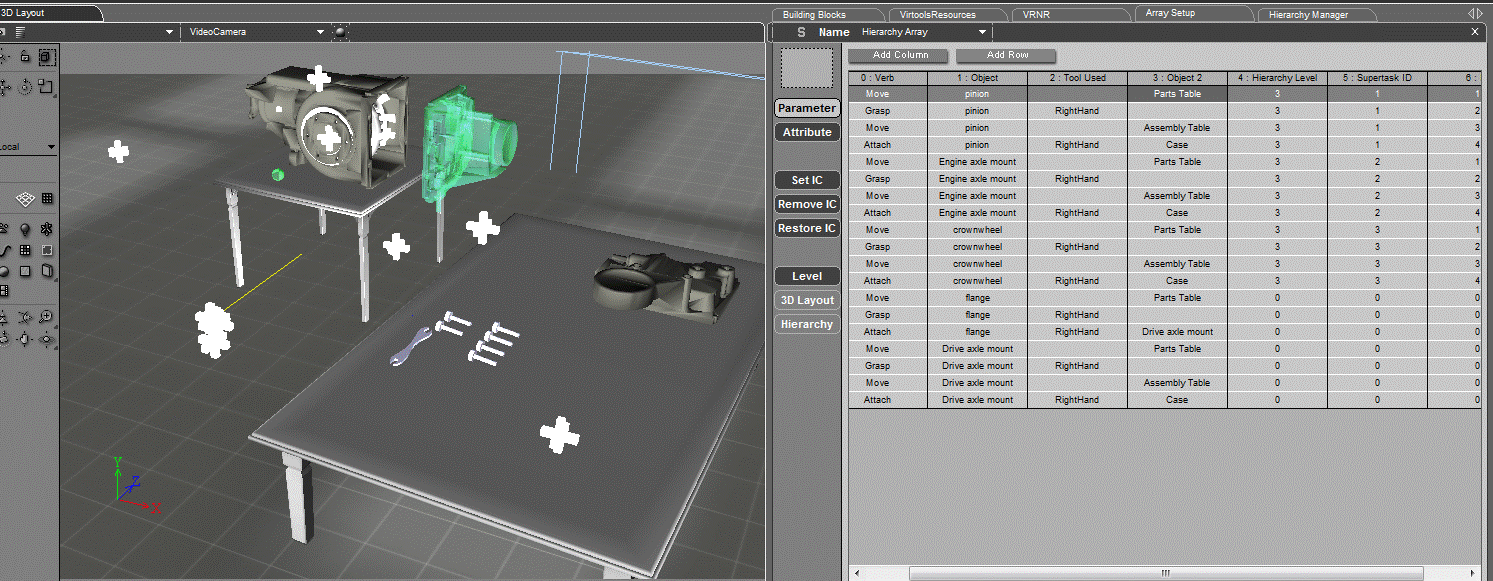Title : Using Human Task Analysis method for Immersive Validation
Project Lead : Katherine Plant From : University of Southampton (None)
Dates : from 2014-07-31 09:35:49 to 2014-11-28 15:09:08
Description :
Motivation and objectives :
Collaboration between University of Patras, Laboratory for Manufacturing Systems and Automation (LMS) and University of Southampton, Transportation Research Group (SOTON) for the implementation of Human Factors Methods, specifically Hierarchal Task Analysis (HTA) into a virtual reality tool. Hierarchical Task Analysis is a method that can potentially provide meaningful insight to human-based activities in manufacturing, both for process validation and product design. Virtual reality can incorporate this human task analysis method in virtual prototyping environments for providing feedback to the engineers and designers. The objective of HTA-VR is to setup and build a tool that can interactively generate the HTA outputs while the user is performing various manufacturing tasks within the immersive environment.
Teams :
The Transportation Research Group has a wide-ranging research programme aimed at helping to secure sustainable transport systems for the UK and the world. The context for our research is our view of transport as a socio-technical system, capable of delivering sustainable outcomes - but also with the potential for unsustainable outcomes if the interaction between technology and Society are not adequately addressed. We have particular expertise in fundamental and applied research in traffic management and control, safety, the environment, sustainability, and human factors. The principal sponsoring bodies for our research are the Engineering and Physical Sciences Research Council (EPSRC), the European Commission (EC), Central Government, Transport for London (TfL), other Local Authorities and private organisations.
Dates :
starting date : 06 August, 2014
ending date : 15 August, 2014
Facilities descriptions :
http://visionair-browser.g-scop.grenoble-inp.fr/visionair/Browser/Catalogs/LMS-VR.GR.html
Recordings & Results :
Hierarchical task analysis is a popular human factors method that may be proven significant for the future of manufacturing. The challenge here was that this method be successfully integrated into new design concepts using virtual reality. The objective of HTA-VR is to setup and build a tool that will be able to interactively generate the HTA outputs, while the user will be performing various manufacturing tasks within the immersive environment. Thus, the HTA-VR TNA project aims to develop an immersive environment for the simulation of manufacturing tasks (e.g. product assembly) while implementing a semi-automatic technique for the HTA analysis to be performed on the immersed user.
Conclusions :
A semi-automated HTA resulted from the disassembly of the differential in which the tasks were generated by the users interaction with the virtual environment in a CAVE. The users interactions are identified by collision detections in the environment. The hierarchy of the tasks is generated within the virtual environment using identification areas and also by identifying the element that is collided with the users hand in each task. The functional area changes, when the hand has exceeded the fixed boundaries in VE for a specific area. Consequently, in the hierarchy is generated that the user has moved from a functional area to another. In addition, every time the user collides with the part of the differential, there is an identification that a task is being performed and depending on the hierarchy and the previous task performed, a new one is generated and is placed in the hierarchy accordingly.
Project Images :



.

VISIONAIR / Grenoble INP / 46 avenue Felix Viallet / F-38 031 Grenoble cedex 1 / FRANCE
Project funded by the European Commission under grant agreement 262044

Project funded by the European Commission under grant agreement 262044
